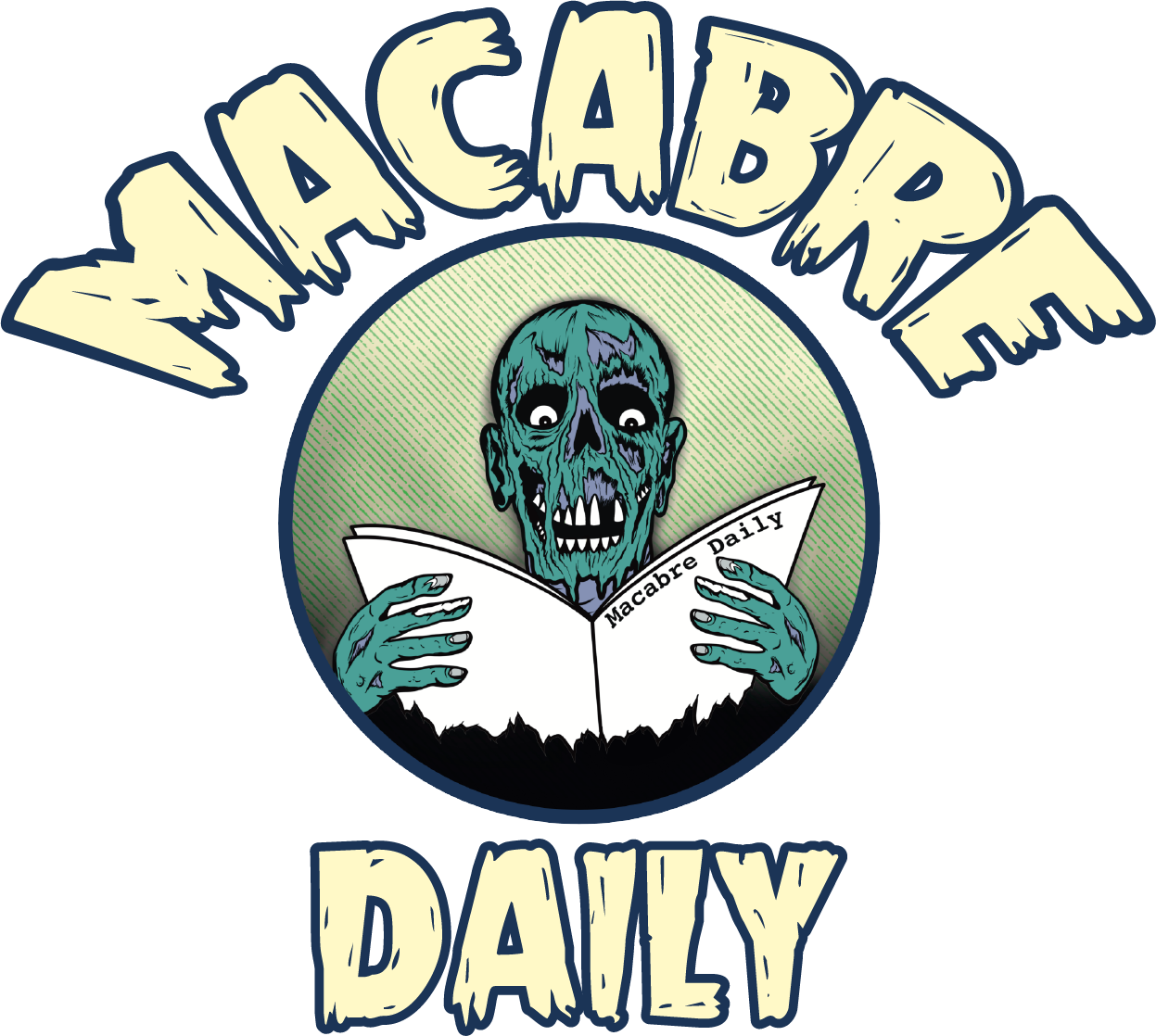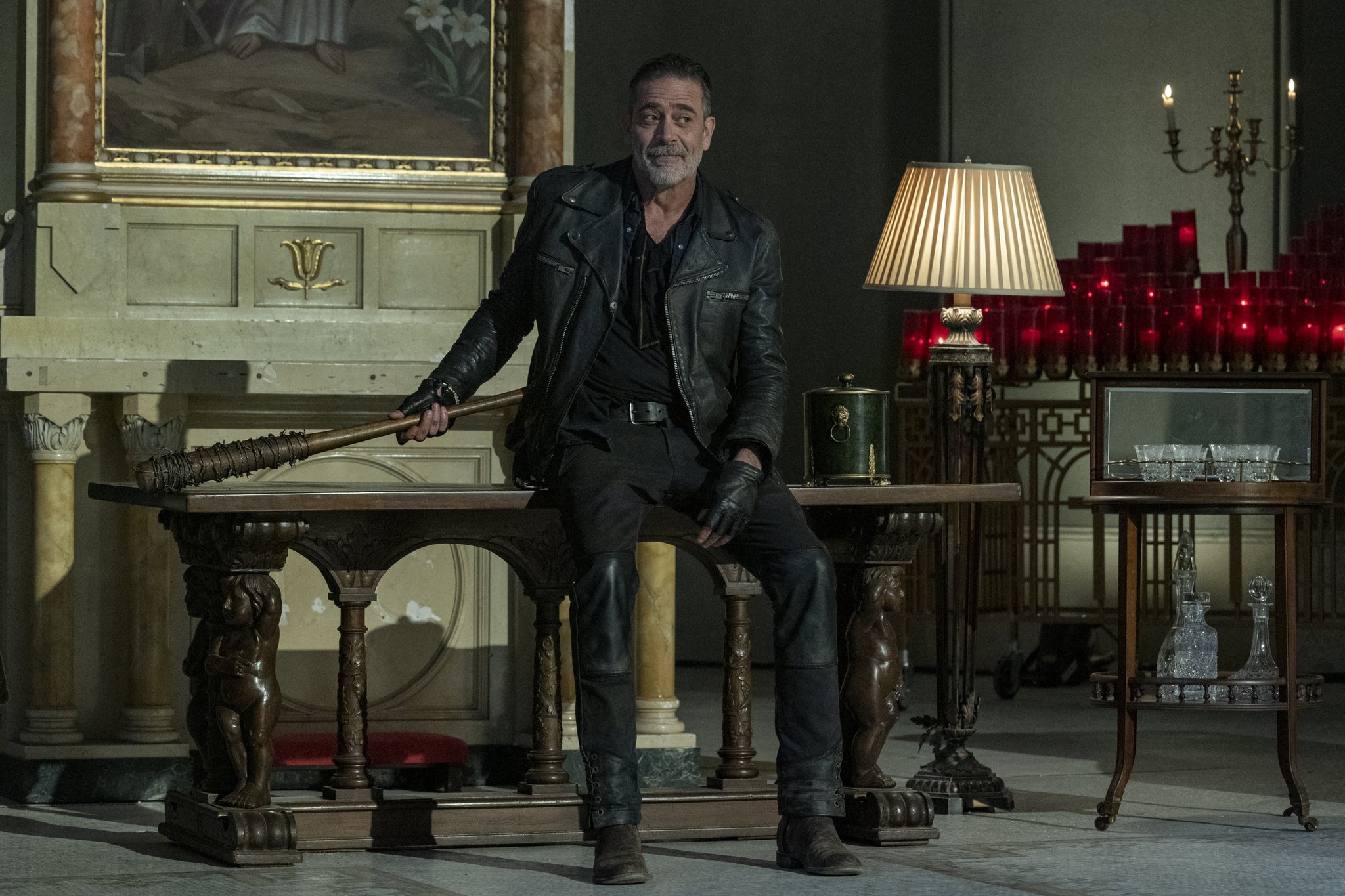Barbie Movie or The Sun Down Motel? Which Made You Feel More Like A Woman?
Simone St. James Uses Horror to Spotlight Women's Biggest Fears
Readers looking to dive into the horror genre will inevitably be recommended brilliant authors like Stephen King, Edgar Allan Poe, Clive Barker, or other prominent male figures who have rightfully cemented their place in horror history. However, aside from the legendary Shirley Jackson, readers are often hard-pressed to find acclaimed female horror authors. As a horror lover and a woman, I am disappointed to admit that I have not prioritized seeking out female voices in horror in the past. Simone St. James’ 'The Sun Down Motel' has ignited a feminist fire in me, which I hope will ultimately allow me to be a better critic of works written from different perspectives.
A story of family secrets, misunderstood women, willful ignorance, constant horrors, and haunted motels, 'The Sun Down Motel' takes us through dual timelines alternating between Vivian and Carly, an aunt and niece living parallel lives three decades apart. Carly, a 20-year-old true-crime addict, has recently lost her mother and impulsively leaves university to travel to the last known location of her aunt, who has been missing for 35 years. In search of closure for the mystery of her aunt’s disappearance, Carly travels to Fell, New York, where she is hired as the night clerk at the notoriously macabre Sun Down Motel. While working the same job her aunt had 35 years prior, Carly begins to uncover the dark and frightening history of Fell. Vivian hitchhikes into Fell by accident while on her way to New York City to become an actress. Craving independence, she decides to stay in Fell and work until she can afford to move to New York City. Carly and Vivian, in their respective timelines, quickly discover the dangers of being women in a small town plagued by unsolved murders and begin to investigate these crimes. Soon, they are haunted by the literal and metaphorical ghosts of the Sun Down Motel. Connected through time and driven by a thirst for justice, Carly and Vivian obsessively work to uncover the truth behind the four most notable disappearances in Fell.
St. James uses the vulnerable position and loneliness of these two out-of-town women to peer through the veil of darkness that surrounds the town. While most of the inhabitants have forgotten and moved on from the disappearances of the four women, Viv and Carly resist the complacency and self-preservation of those involved to uncover the truth. St. James employs horror and tragedy to shed light on the constant fear instilled in women. Each of the victims was different, and the crimes seemed random, illustrating that these crimes could happen to any woman. The importance of this subject cannot be overstated. Discussing these all-too-common tragedies and advocating for justice counters the societal tendency to forget the painful experiences and move on until the next tragedy strikes.
Carly gains a roommate named Heather when she moves into her aunt's old apartment. Heather and Carly quickly become friends and look out for each other while playing amateur detectives. Unlike Viv, who lived in the apartment with her negligent roommate, Heather, and Carly are both aware of the dangers of being young women on their own and allow themselves to be vulnerable together to ultimately grow stronger as a unit.
Aside from the gut-retching subject, the actual haunting of The Sun Down Motel was nearly as terrifying. A little lost ghost boy, a vengeful night clerk, and an angry victim that christened the haunting ground all pay visits to Carly, Vivian, and the other guests. Carly and Vivian turn to the ghosts for answers and are exposed to the menacing and vengeful aura that surrounds the motel. With the use of spirits and real-life monsters, St. James creates fantastic parallels between the dead and the living threats to the young women.
St. James has used her platform to not just entertain but to advocate and remind readers to be vigilant, stay alert, and acknowledge the dangers that women are susceptible to on a daily basis. As a woman who loves reading horror, it was cathartic to feel seen and taken through a story with well-fleshed-out and diverse female characters. I highly recommend everyone read this book no matter their gender. This subject is vital to continue to discuss and I hope to see much more advocacy and representation in the horror community in the future.
Stay up to date with “The Dark Side Of Pop Culture” by following MacabreDaily on Instagram, Facebook, and Twitter.












Mental health therapist and lover of all things spooky. Brian is particularly interested in exploring depictions of mental health, parenting and the Queer community in horror. Seeking self-actualization through fear, gore and the macabre.